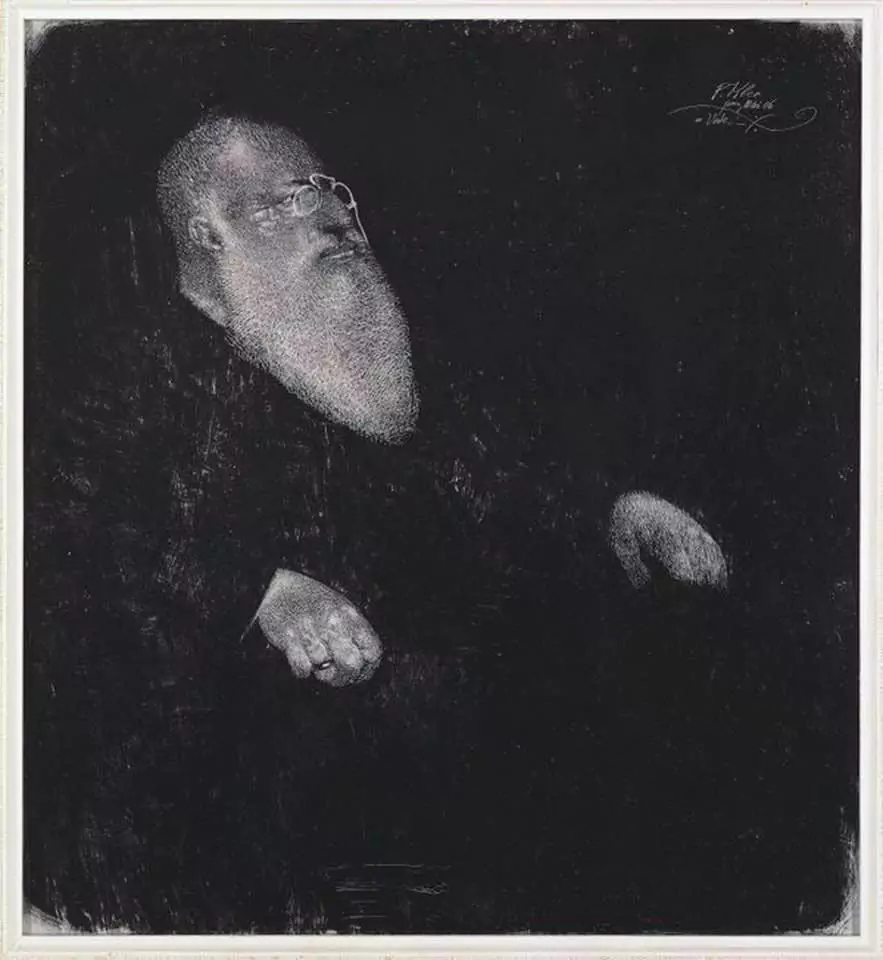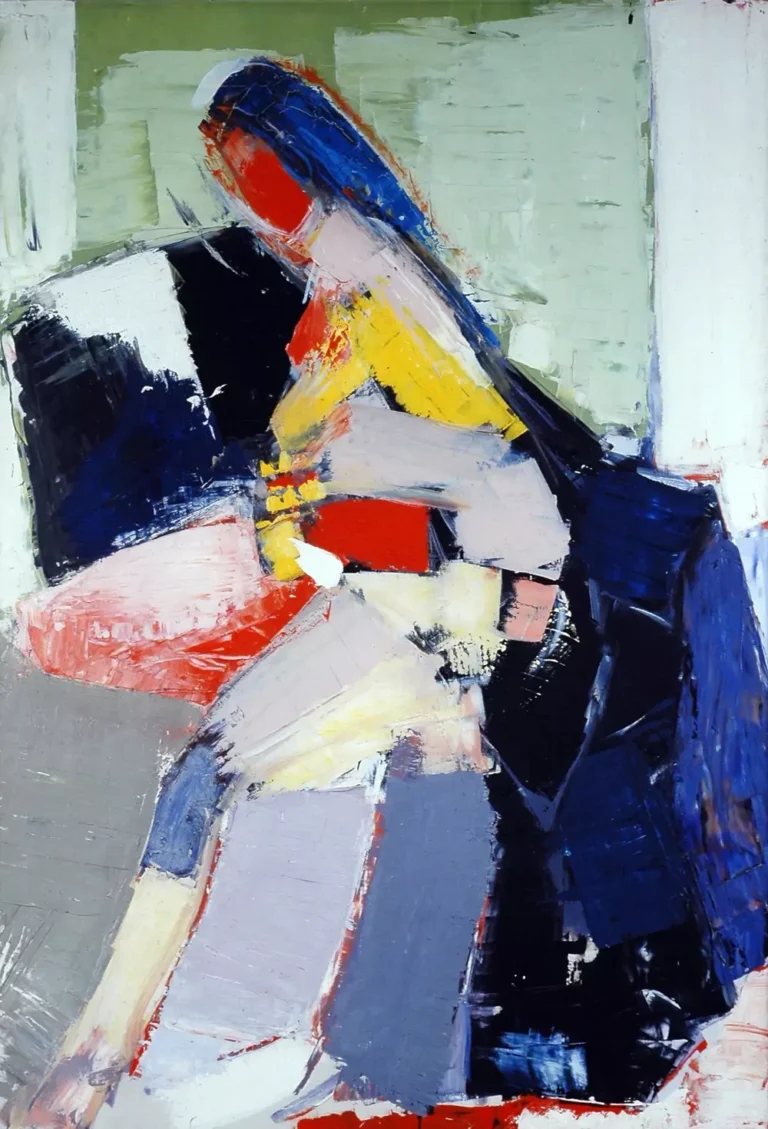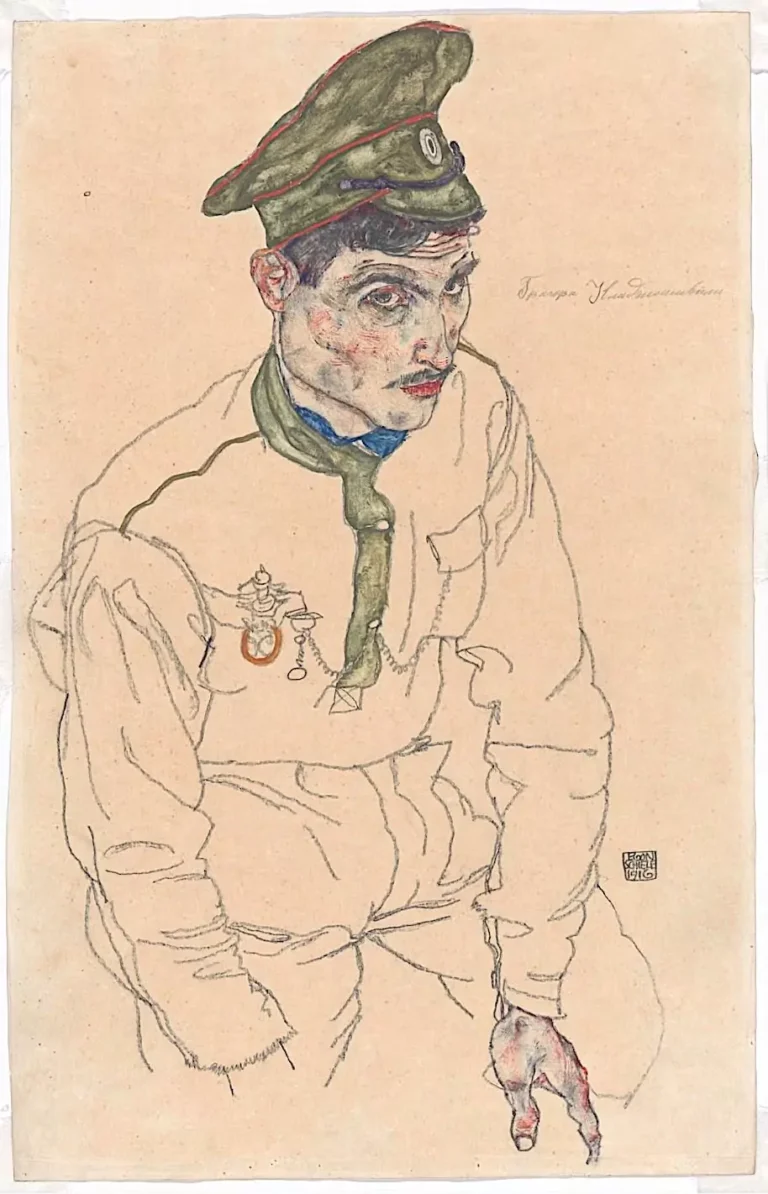Looking for a muse? Check no further. Discover the Best of Art, Culture, History & Beyond!

Paul Klee’s exploration of printmaking techniques led him to the fascinating and rare process of cliché verre, a hybrid method between drawing and photography. This technique, which he masterfully employed in works such as My Father (1906), involves scratching an image onto a smoke-darkened pane of glass using a needle or similar pointed tool. Once completed, the glass plate can be used as a negative to produce prints on light-sensitive paper.
Klee’s approach to cliché verre was deeply personal, a way of blending fine lines with an ethereal sense of depth and texture. The technique itself has a ghostly, almost ephemeral quality—perfectly suited to Klee’s delicate, introspective style. His choice to work in cliché verre connects him to earlier artists like Camille Corot and Charles-François Daubigny, who used the method to bridge traditional drawing and early photographic techniques.
Cliché Verre: An Unconventional Medium
Unlike traditional printmaking, where ink is transferred from one surface to another, cliché verre relies on the contrast between light and shadow. Klee’s process involved covering a pane of glass with a layer of soot or oil-based pigment, then meticulously scratching away to reveal his composition. This reverse method of drawing—where darkness is removed to create light—demonstrates his keen understanding of negative space and tonal variation.
When viewed in its original state, the glass plate itself has an eerie beauty, as if the image emerges from darkness. However, its full potential is realized when used as a photographic negative. Klee could place the plate against light-sensitive paper and expose it to light, creating a photographic print of the drawing. Each print could vary in intensity and detail depending on the exposure and processing, making cliché verre both a precise and unpredictable medium.
My Father (1906)- A Study in Light and Line
Klee’s portrait of his father is a striking example of his mastery of this technique. The bearded figure, barely emerging from the darkness, is rendered with an economy of line yet exudes a strong presence. The use of fine, delicate scratches to define the contours of the face and hands creates a luminous effect, as if the subject is both material and spectral.
Klee’s choice to depict his father with such a somber and introspective aura suggests a deeper emotional connection to the subject. The blackened background swallows much of the form, leaving only the essential elements visible. The result is a powerful balance between presence and absence—a recurring theme in Klee’s work, where figures often seem to hover between the tangible and the imagined.

A Line That Cuts Through Time
Klee’s choice of this technique is significant in the context of his artistic development. The early 20th century was a period of radical change, with artists seeking new ways to break free from traditional representation. Klee was deeply influenced by the idea that art should not merely depict reality but express the unseen forces behind it. His experiments with line—whether in his later linear abstractions or in these early glass drawings—reveal an artist preoccupied with the essence of form rather than its outward appearance.
This technique also speaks to Klee’s fascination with movement and music. His background as a violinist influenced his understanding of rhythm and flow in art. The needle on the blackened surface functions almost like a bow gliding across strings—each stroke deliberate, each incision a note in a visual melody. There is a tactile, performative quality to this approach, as if the act of drawing were itself a kind of composition.
A Bridge Between Drawing and Photography
The cliché verre technique speaks to Klee’s fascination with hybrid artistic processes. He was never content to remain within the confines of a single medium; instead, he sought ways to merge different disciplines into something uniquely his own. His work in this technique foreshadows his later experiments with color, texture, and abstraction, where forms dissolve and reassemble in a constant state of transformation.
While cliché verre never became as widespread as other printmaking methods, its impact on Klee’s development as an artist is undeniable. It allowed him to explore the relationship between light and darkness in a way that painting alone could not. The sense of layering and transparency in his later watercolors and paintings can, in some ways, be traced back to his early experiments with this unusual and poetic process.
Through works like My Father, Klee demonstrated how a nearly forgotten 19th-century technique could be revived and reimagined for modern expression. His delicate yet profound handling of the medium ensures that cliché verre remains an intriguing footnote in the evolution of printmaking and a key chapter in Klee’s artistic journey.

This article is published on ArtAddict Galleria, where we explore the intersections of art, history, and culture. Stay tuned for more insights and discoveries!



